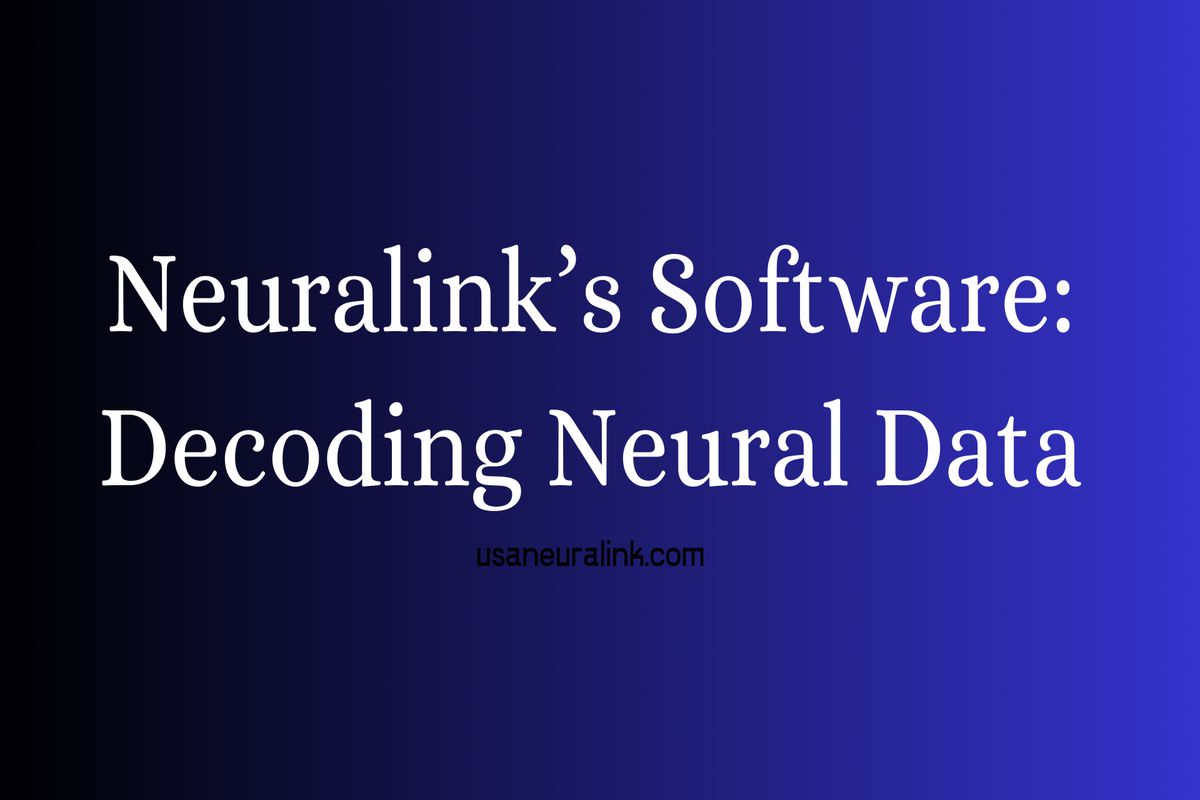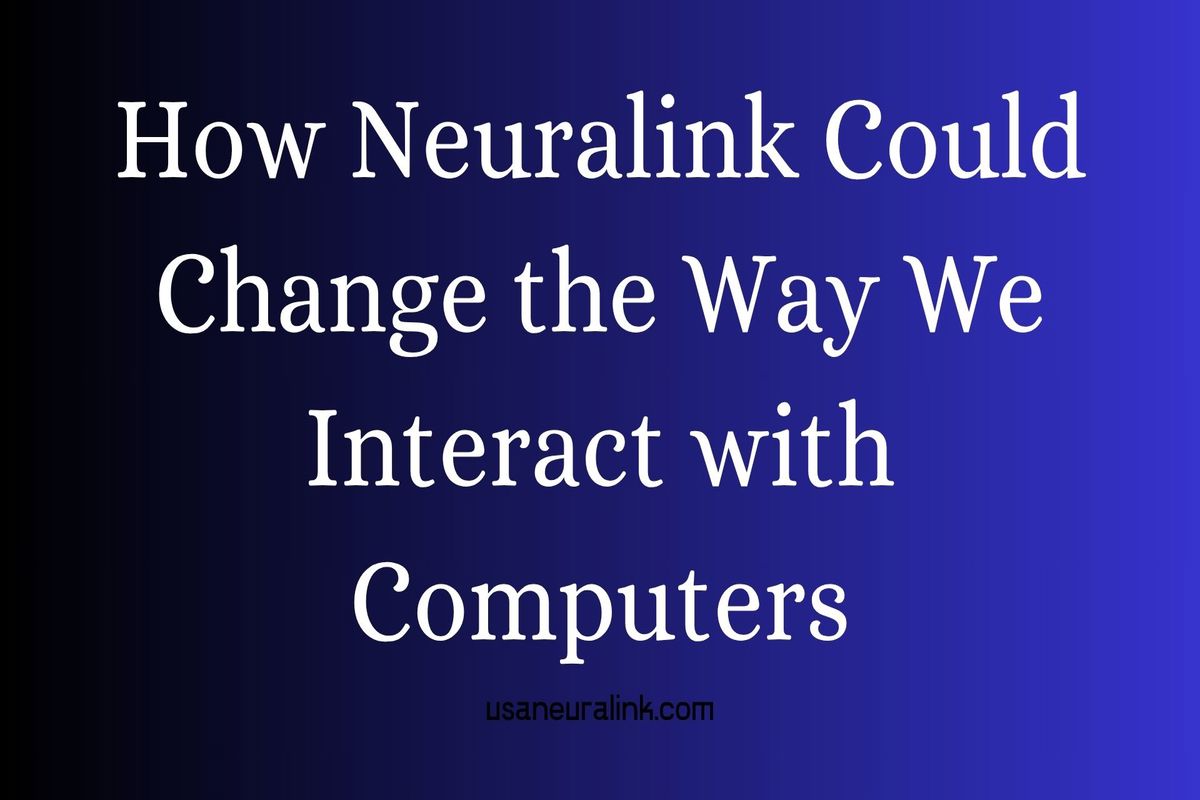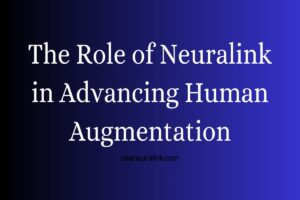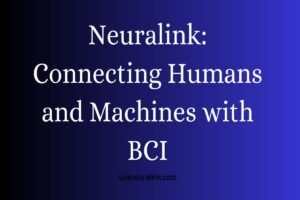Neuralink’s Software: Decoding Neural Data
Neuralink, the brainchild of Elon Musk, has been making waves in the neurotechnology space with its ambitious goal of merging human brains with artificial intelligence. At the heart of this revolutionary endeavor lies Neuralink’s software, a sophisticated system designed to decode and interpret neural data. This software is the bridge between the human brain and the digital world, enabling unprecedented communication and interaction. In this blog post, we’ll dive deep into how Neuralink’s software works, its potential applications, and what it means for the future of humanity.
What is Neuralink?
Before we explore the software, let’s briefly recap what Neuralink is. Founded in 2016, Neuralink is a neurotechnology company working to develop brain-computer interface (BCI) technologies. The company’s mission is to create devices that can be implanted in the human brain to facilitate direct communication between the brain and external devices, such as computers or smartphones. This technology has the potential to treat neurological disorders, enhance cognitive abilities, and even integrate human intelligence with artificial intelligence (AI).
Neuralink’s flagship product is a small, implantable device often referred to as the “Link.” This device is embedded with thousands of electrodes that can record and stimulate brain activity. However, the true power of the Link lies in the software that processes and interprets the neural signals it captures.

The Role of Neuralink’s Software
Neuralink’s software is the backbone of its brain-computer interface system. It is responsible for decoding the complex electrical signals generated by neurons in the brain and translating them into meaningful data that can be used by external devices. Conversely, the software can also encode information from external devices into signals that the brain can understand, enabling two-way communication.
The software operates in real-time, processing massive amounts of neural data with minimal latency. This is no small feat, as the human brain contains approximately 86 billion neurons, each capable of firing multiple times per second. To handle this complexity, Neuralink’s software leverages advanced algorithms, machine learning, and signal processing techniques.
Key Functions of the Software
-
Signal Acquisition and Filtering: The software collects raw neural signals from the electrodes in the Link device. These signals are noisy and require sophisticated filtering to remove artifacts and isolate meaningful data.
-
Spike Detection and Sorting: Neurons communicate through rapid electrical pulses called “spikes.” The software identifies these spikes and categorizes them based on which neurons they originate from, a process known as spike sorting.
-
Data Compression and Transmission: Neural data is voluminous, so the software compresses it for efficient transmission to external devices without sacrificing critical information.
-
Decoding Neural Patterns: The software uses machine learning models to interpret neural patterns and translate them into commands, such as moving a cursor on a screen or typing text.
-
Encoding Feedback: For applications like sensory feedback, the software generates electrical pulses to stimulate specific neurons, allowing the brain to perceive sensations like touch or vision.
-
User Interface Integration: The software interfaces with apps or devices, enabling seamless interaction between the user’s brain and the digital world.
How Does the Software Decode Neural Data?
Decoding neural data is one of the most challenging aspects of Neuralink’s technology. The brain’s neural activity is highly dynamic and context-dependent, making it difficult to map specific patterns to particular actions or thoughts. Neuralink’s software tackles this challenge through a combination of advanced computational techniques and iterative learning.
Machine Learning and Neural Networks
At the core of Neuralink’s decoding process are machine learning models, particularly neural networks. These models are trained on vast datasets of neural activity, often collected from animal studies or early human trials. During training, the software learns to associate specific neural patterns with particular actions, such as moving a hand2014for example, a user might train the system by repeatedly performing a task, like moving a robotic arm, while the software records the corresponding neural signals. Over time, the model refines its ability to predict the intended action based on the observed neural activity.
For instance, if a user wants to move a cursor on a screen, the software analyzes the neural spikes associated with that intention. It then translates those spikes into precise coordinates for the cursor’s movement. The more data the system collects, the more accurate its predictions become.
Real-Time Processing
One of the standout features of Neuralink’s software is its ability to process neural data in real-time. This is critical for applications like controlling prosthetic limbs or typing on a keyboard, where delays could disrupt the user experience. The software achieves this through optimized algorithms and high-performance computing, ensuring that neural signals are decoded and acted upon within milliseconds.
Calibration and Personalization
Every brain is unique, so Neuralink’s software must be calibrated to the individual user. During the initial setup, the system undergoes a calibration phase where it learns the user’s specific neural patterns. This personalization ensures that the software can accurately interpret the user’s intentions, even if their neural activity differs from that of other users.
Applications of Neuralink’s Software
The potential applications of Neuralink’s software are vast and transformative. Here are some of the most promising areas where it could make a significant impact:
Medical Treatments
Neuralink’s software could revolutionize the treatment of neurological disorders. For example:
-
Parkinson’s Disease: By decoding abnormal neural patterns and delivering targeted stimulation, the software could alleviate symptoms like tremors or rigidity.
-
Paralysis: For individuals with spinal cord injuries, the software could bypass damaged neural pathways, enabling them to control prosthetic limbs or communicate through a computer.
-
Epilepsy: The software could detect the onset of seizures and deliver counteracting stimulation to prevent them.
Cognitive Enhancement
Beyond medical applications, Neuralink’s software could enhance cognitive abilities. For instance, it could improve memory by stimulating specific neural circuits or accelerate learning by optimizing the brain’s plasticity. These applications are still speculative but align with Neuralink’s long-term vision of merging human and artificial intelligence.
Human-AI Integration
One of Neuralink’s most ambitious goals is to create a symbiotic relationship between humans and AI. The software could enable direct communication with AI systems, allowing users to access vast amounts of information or perform complex computations using only their thoughts. This could redefine how we interact with technology, making keyboards and touchscreens obsolete.
Gaming and Entertainment
Imagine playing a video game using only your mind. Neuralink’s software could decode neural signals to control in-game characters or environments, creating immersive experiences that blur the line between reality and virtual reality.
Challenges and Ethical Considerations
While Neuralink’s software holds immense promise, it also faces significant challenges and ethical questions. Some of the key issues include:
-
Privacy: Neural data is highly sensitive, as it could potentially reveal a person’s thoughts or emotions. Ensuring the security of this data is paramount.
-
Safety: Implanting devices in the brain carries risks, and the software must be rigorously tested to avoid unintended consequences, such as overstimulation or neural damage.
-
Accessibility: Neuralink’s technology must be affordable and accessible to avoid exacerbating social inequalities.
-
Ethical Boundaries: The ability to enhance cognitive abilities or integrate with AI raises questions about what it means to be human. Society will need to grapple with these implications as the technology matures.
The Future of Neuralink’s Software
Neuralink’s software is still in its early stages, with much of its potential yet to be realized. The company has made significant progress in animal trials, and human trials are underway, providing valuable data to refine the software. As computational power and machine learning techniques continue to advance, the software will become more accurate, efficient, and versatile.
In the coming years, we can expect Neuralink’s software to play a central role in transforming healthcare, communication, and human potential. Whether it’s helping a paralyzed individual regain independence or enabling seamless interaction with AI, the software is poised to redefine the boundaries of what’s possible.
Conclusion
Neuralink’s software is a technological marvel, capable of decoding the intricate language of the human brain and translating it into actionable outcomes. By bridging the gap between biology and technology, it opens up a world of possibilities—from curing neurological disorders to enhancing human cognition. While challenges remain, the progress made so far is nothing short of extraordinary.
As Neuralink continues to push the boundaries of neurotechnology, its software will undoubtedly be at the forefront of this revolution. For those of us watching from the sidelines, it’s an exciting time to witness the dawn of a new era in human evolution. Stay tuned to usaneuralink.com for the latest updates on Neuralink’s journey and the incredible potential of its software.
Share this content:






















Post Comment